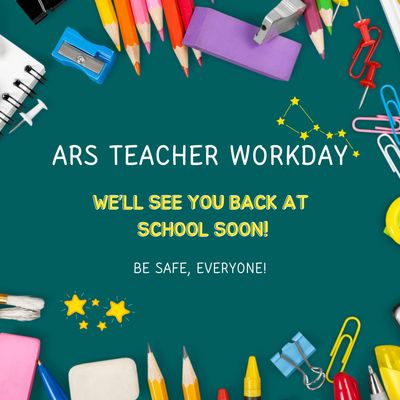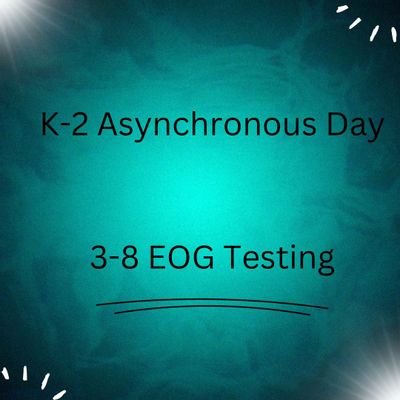Interpreting STAR Diagnostic Reports
American Renaissance School utilizes both STAR Reading and Accelerated Reader from Renaissance Learning. Both programs allow our teachers to better support our students as they develop lifelong reading skills.
The STAR Enterprise test is given at teacher-determined intervals throughout the year. The test focuses in on a given student's reading level, giving teachers a window into how well the student is able to read.
Today, STAR Diagnostic Reports will be sent home via Secure Document Delivery email for all students in grades 3 and 4. Reports for students in other grade levels were sent home by individual teachers recently. The STAR Diagnostic Report provides a number of important scores, which are described in detail below. The major take-away from the report is the reading level for each student. This allows teachers, parents, and students to choose books that are of an appropriate difficulty / reading level.
The most important data point on the reports is a student's Scaled Score. This score ranges from 0 to 1400, and is used to measure students in grades 1-12. It is based on the difficulty of questions presented to the student during the test, as well as the number of correct responses. All other scores shown on the STAR Diagnostic Report are derived from the student's Scaled Score. The Scaled Score is especially useful in determining student progress over time.
The second score included on the report is a student's Lexile® Measure. A Lexile® Measure can range from below 200L for beginning readers to above 1600L for advanced readers. The Lexile® scale is determined by MetaMetrics. They also rate many books and publications on the Lexile® scale as a means of assisting students in selecting books that are on an appropriate level. Read more about it here.
The third score on the report is a student's Percentile Rank. This compares them to other students in the same grade who took the STAR Test. For example, a Percentile Rank of 85 means that the student scored higher than 85% of other students in the same grade level.
The next score on the report is the student's Grade Equivalent score. This represents how well the student performed in comparison to other students nationally. For example, a Grade Equivalent score of 4.3 means the student scored within the range of students across the country who are in the 3rd month of 4th grade. However, this is not necessarily indicative of the reading levels a student should look for when selecting a text. A 4th grade student may receive a Grade Equivalent score of 7.3 — this simply shows that their reading skills are well above average in comparison to other 4th graders.
Next up is the Instructional Reading Level score. This score is calculated after a student has taken a STAR Reading test, and represents the highest reading level at which a student is 80% proficient or better. Research shows that this level of comprehension corresponds to students being 90-98% proficient at recognizing words. This is a good baseline for teachers to reference when selecting materials for a class or group of students. The score can range from PP (Pre-Primer), to P (Primer), to 1-12 (grade levels), and finally to PHS (Post-High School).
Estimated Oral Fluency appears next on the report. This is a measure of a student's ability to accurately interpret words in order to efficiently process text. Students with oral reading fluency are able to accurately recognize and decode words, as well as accurate and appropriate use of the rhythmic aspects of language (such as phrasing, pitch, and emphasis). This score is represented as the number of words per minute a student can correctly identify, and it is only calculated for students in grades 1 through 4.
Domain Scores on the report vary by grade level. They are broken down into different topics that are expected at each grade level. The scores for each topic are represented as percentages, and represent the percentage of questions a student would be expected to answer accurately within each domain for their grade level. It represents a student's mastery of a particular skill.
The final, and potentially most useful, score included on the report is the Zone of Proximal Development. This is representative of the reading grade level a student should look for when selecting a book for AR. It is a range at which a student can read without being frustrated by difficulty. However, it is important to note that this score is only an approximation. Some students may have success reading books at levels higher than the upper range of their ZPD score. Likewise, others may have trouble with some books than are within their ZPD score range. It greatly depends on the individual student's interest in the topic of the reading material.
We hope this answers any questions you may have as you peruse your student's STAR Diagnostic Report. As always, please contact your student's teacher if you have any specific concerns.






